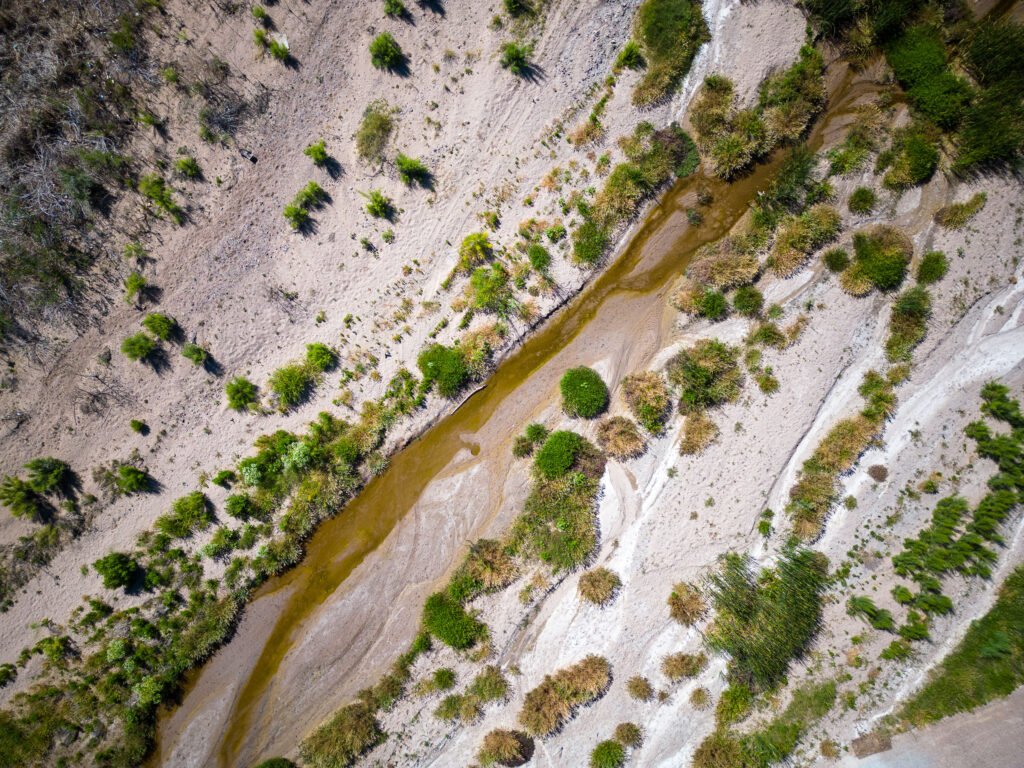The 180-mile-long Santa Cruz River, which begins in the San Rafael Valley in southern Arizona, crosses the border into Mexico, flows back north through Tubac and Tucson, past Marana and then trickles out as it approaches the Gila River south of Phoenix, is once again in danger of disappearing.
for 12,000 yearsPeople have depended on the water of the river and the plants and animals it attracts and nourishes.
now, American RiversA nonprofit environmental group has designated the Santa Cruz River one of the most endangered rivers in the U.S. The designation comes as a new report released today,America's Most Endangered Rivers in 2024: A Call to Action for Clean Water.”
“All water is connected,” said Tom Kiernan, president and CEO of American Rivers. Describing the designation of America's most endangered rivers as a “national call to action,” Kiernan said in a press release that we all “must protect the streams and rivers on which all life depends.”
American Rivers and other Southern Arizona environmental groups are seeking federal protection for the Santa Cruz River. They want the river to be designated an urban wildlife refuge under the protection of the U.S. Fish and Wildlife Service.
Running out
As more people began to move to Arizona in the 1800s, the state's few rivers and aquifers were nearly depleted: by 1913 the Santa Cruz River had no year-round flow, and seasonal flows had all but ceased by the 1940s.
But not only did the river nearly dry up, the newcomers also began dumping wastewater into it. It wasn't until 2008 that wastewater was more thoroughly treated and dumped into the river that the Santa Cruz River began to recover.
Now, according to the report, “the wastewater treatment plant provides year-round flow for approximately 35 miles, improving water quality and allowing native fish, birds, reptiles, plants and people to all return to the river.”
But the river's sporadic flows depend on sewage and treated wastewater, which puts its own waters, which are fed by the similarly endangered Colorado River, under threat.
“As water resources decline due to climate change and overuse, the Santa Cruz River's flow may decline,” the report states. “Extended droughts, rising temperatures, and increased competition for water threaten limited water resources.”
“In recent years, we have seen a rollback of the Clean Water Act,” Kimberly Baeza of the Pima County Regional Wastewater Reclamation Agency said in a press release accompanying the report, which is why Baeza is calling for federal protection of the Santa Cruz River.
Other Rivers
Each year, American Rivers selects the nation's most endangered rivers based on three factors:
- Important decisions that the public can influence next year regarding proposed actions
- The importance of rivers to people and nature.
- The magnitude of the threats to the river and its communities, especially in light of climate change and racial inequality.
be 2022 Report According to the Conservation Project, more than half of the country's rivers are polluted, with 47 percent of the rivers surveyed being too polluted to safely eat fish, and 38 percent unsafe for swimming.
This year, there are 10 endangered waterways selected by American Rivers from Alaska to the Carolinas. In addition to the Santa Cruz, the report lists the upper Rio Grande and Gila rivers in New Mexico as waterways in urgent need of protection.
The Future of Santa Cruz
Sonoran Institute And that Wilderness Society We have worked together to lobby the U.S. Fish and Wildlife Service to establish the Santa Cruz River Urban National Wildlife Refuge.
Such a preserve would “establish parcels under permanent federal protection, create an acquisition boundary that would allow future parcels to be purchased and similarly protected, and bring much-needed national attention to this ecologically and culturally significant waterway,” according to the report.
As the effects of climate change continue to batter southern Arizona and northern Sonora, bringing rising temperatures and extended drought, residents are trying to protect their lifeline: the Santa Cruz River.
“What we feel every time we come to the Santa Cruz River is basically a love of nature,” he said. Friends of the Santa Cruz River.
Related
Republish our articles online or in print for free.
















